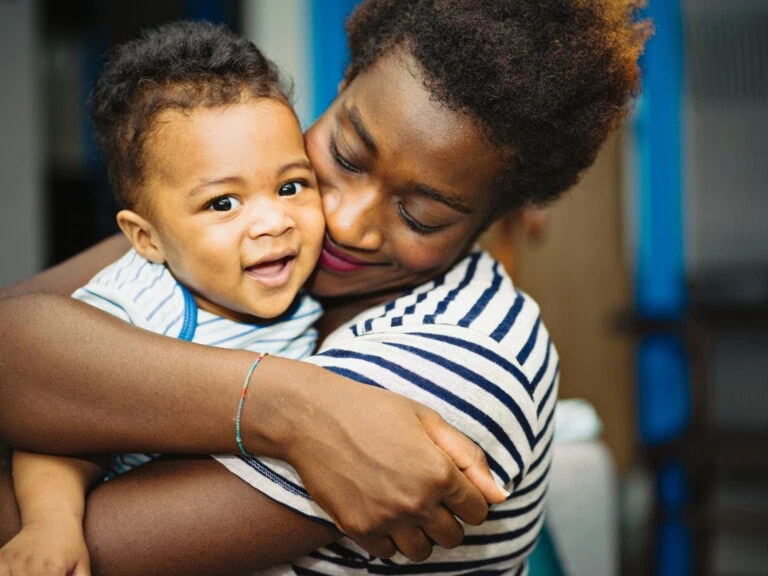Choosing a school for your child can be one of the most important parenting decisions you make—and one of the most agonizing. How can you know what environment will help your child thrive? Where will your child receive the best education for him or her as an individual? Whether public or private school is best for your child and you as a family?
You can begin by being a student yourself and learning about how public and private schools differ. Some of the differences may surprise you.
Public School vs. Private School:
Cost
Public schools cannot charge for tuition. However, private schools can and do. According to privateschoolreview.com, the national average private school tuition is approximately $11,598 per year.1 That’s an average of both U.S. elementary and high schools for the 2021 school year. But don’t be too quick to think private school is beyond your budget.
As a 2014 Money article points out, public school isn’t actually free. “In what might be one of America’s most regressive policies, the government divides the country into school districts, each supported by a local tax base. That means school funding and quality varies drastically depending on where you live, and homes in top school districts tend to be eye-poppingly expensive.” That article, “How Sending Your Child to Private School Can Save You $53,000,” considered all costs associated with private and public schools.2
In the end, the article conceded that public schools were usually, but not always, more affordable. However, they urged parents to seriously consider both options before making a choice.
Curriculum
Since private schools are independent, they can choose the curriculum and assessment models they believe will create the best learning environment for their students. Some public charter and magnet schools can deviate somewhat from traditional curriculum, but they still have to follow state standards.
Private schools do not have to follow those standards, which gives them more flexibility and means they do not have the “quality control” inherent in public schools.
Teachers
Public school teachers must be state-certified or working toward certification. Private school teachers may or may not be certified but have undergraduate or graduate degrees in their teaching subjects.
Class size
Public schools tend to have larger class sizes than private schools (and classes grow larger in higher grades). However, some states have put caps on the number of students in classes, and public schools have to maintain those caps, while private schools do not.
Discipline
Parents and students in private schools sign contracts regarding school conduct. The contracts spell out the expected behavior and the consequences for breaking the school’s code of conduct. However, public schools adhere to government standards of due process and constitutional rights. As a result, they often have a more difficult time enforcing discipline.
Admissions
Public schools must accept every student. Private schools have admissions certain procedures and can choose the students they want to be a part of their school.
Testing scores
Though private school students’ test scores are generally higher than public school students, there is some controversy regarding testing. A 2006 National Center for Education Statistics (NCES) study found that some public school students scored as well or better in certain subjects when their backgrounds were considered.3
But Harvard University disputed the NCES results. Using the same data but different methods, Harvard’s Study found that private school students came out ahead in 11 of 12 comparisons of students.4
Graduation rate
Though the public school graduation rate is rising (86% in 2018-19), private school students graduate at a higher rate (95% and up).5
There may be another, less tangible difference between public and private schools: attitude. Since private schools can choose their students, they often have a higher percentage of motivated learners.
In an article in The Atlantic, Michael Godsey, a public school teacher, explains why he sends his daughter to private school: “I am . . . concerned about the general culture at public schools—at least at the ones I’ve seen—of disengagement and compulsory learning. So when it comes to my daughter, I opt to invest a little more—to ensure she’s immersed in a community where it’s acceptable, and even admirable, to show natural enthusiasm for knowledge.”6
Of course, all parents want their children to be engaged in their education. And of course, students, schools, and communities all have individual strengths and weaknesses. So choosing a school for your child will never be easy. However, now that you know the basic differences between public and private schools, you can ask the right questions—as a good student should.












































